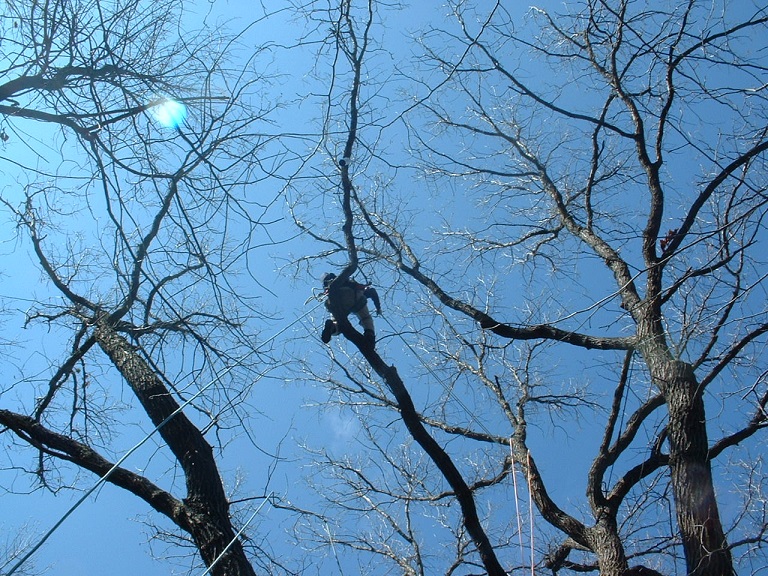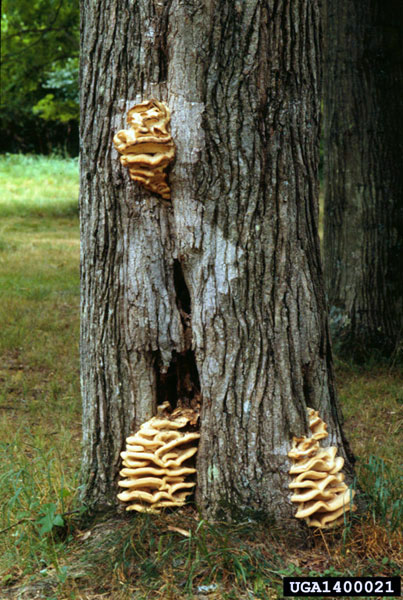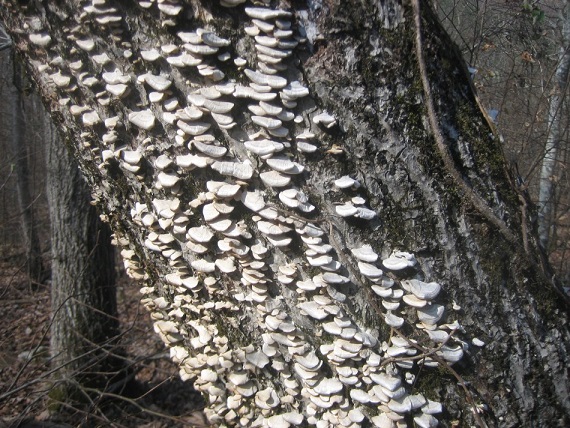Welcome friends! So excited to get the new podcast out to the world. No set format, no set length, opinionated and raw, the podcast will explore primarily the business side of the industry, with interviews from innovators and entrepreneurs who make their living in the canopy. This is gonna be good!
In this first episode we explore a little bit about my background in both audio recording and tree work, and we set out the framework for what you can expect from the podcast in the future. Be sure to subscribe through your podcast player of choice to get automatic notifications of future episodes!
This episode is brought to you by ‘The Fundamentals of General Tree Work – Digital Edition’ by G.F. “Jerry” Beranek. Get your copy today!





